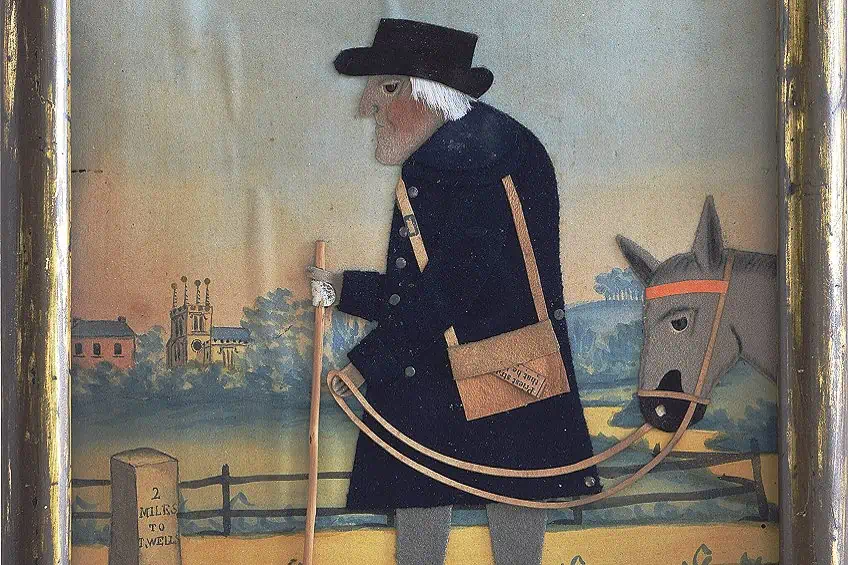Folk Art – Celebrating Traditional Crafts
What is folk art, and what are examples of folk art from around the world? Folk art is derived from the creative expressions of cultures across the world that intend to reflect the traditions, religious beliefs, mythologies, and folklore of a community. In this article, we will delve into the world of folk art by looking at the definition of folk art, its main characteristics, and a brief history of folk art through the works of famous artists who explore folklore in their practices. Keep reading to uncover the historical gems and narratives of folklore from around the globe!
Contents
Folk Art: Where History, Culture, and Creativity Meet
Folk art is understood in terms of each region’s or community’s cultural history. Through folk art, one can learn more about the cultural histories and traditions that culminate in expressive and fascinating works of art. Our journey into the world of folk art spans the historical origins of folk art through centuries and continents that showcase the many ancient crafts and practices that have been passed on from previous generations. As we navigate this art form, we will dissect the characteristics that makeup folk art and how folk artists have been led by their cultural heritage to transform their everyday materials and resources into artworks.
But first, let us explore the definition of folk art below.
What Is Folk Art?
Folk art is understood best when placed in the context of folk culture. Folk culture refers to folklore and encompasses the oral traditions of a specific group of people or culture. As such, folk art can include a vast array of visual art forms and styles and is not limited to the use of ornamentation or religious symbols for example. Folk art can also possess practical functions and is created by artisans who possess a deep knowledge of popular traditions. Many recognize folk art as a genre that merges the gap between aesthetics and utility and is vastly different from fine art.
Folk art is born from community-based knowledge systems that may overlap with the genre known as “Naive art”.
Since some artistic practices in folk art are passed on from previous generations, there may not be a need for formal artistic training since the very essence of folk art does not serve or follow academic teaching styles or meanings. Apart from the communal aspect of folk art, it is understood to be a versatile art form in that it can be both utilitarian and decorative. Folk art can be found in multiple places, whether it is used for cultural ceremonies and practices or as an everyday object.
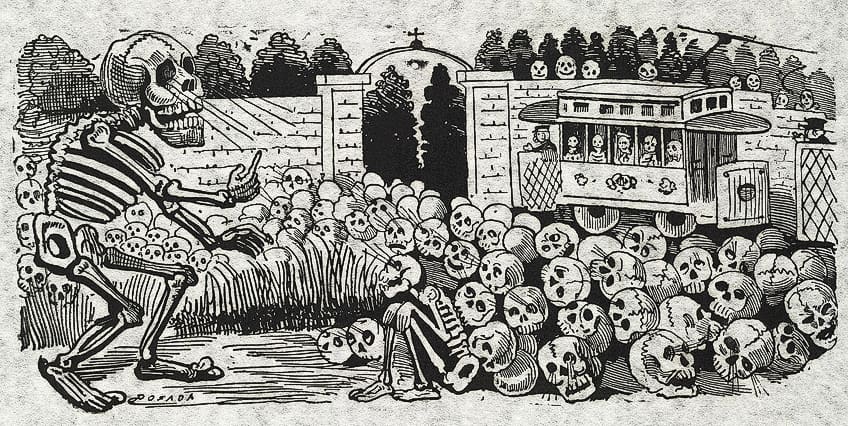
Traditionally, most folk artworks are born from traditional and handmade processes that are fused with recycled and sometimes modern synthetic materials. Crucial to the communities to produce folk art is its power to sustain local economies or be used in important cultural traditions. In some cultures, folk art is not physical and can include intangible art forms like poetry, culinary traditions, dance, and song. Most importantly, folk art is a manifestation of the people who create it, which reflects the ethnicity, religion, culture, class, and identity of a group of people.
Origins: How Did Art Become “Folk”?
To understand folk art traditions, one needs to unpack the language and context of the language that was previously used to define folk art. The term folklore was derived from a British antiquary and writer known as William Thoms. In 1846, Thoms penned the term “folklore” to refer to what was then called “popular antiquities” and he used the term as a replacement. In 1878, a registered charity known as The Folklore Society was established in London and dedicated itself to the study of folklore. Thoms joined the society, however, not much is known about his activities in it. His first column using the term “folk-lore” was featured in the liberal critic Charles Wentworth Dilke’s Athenaeum. The next part of the term is “lore” and was derived from the Old English term “instruction” as the traditions and knowledge of a specific group whereby such traditions are spread by word of mouth.
When Thoms coined the term, he initially used it to refer to people who lived in rural areas and who often were not wealthy enough to receive an education.
The application of the term occurred long before it was coined, around the 1770s, which was also the period of romantic nationalism across Europe. A German philosopher known as Johann Gottfried von Herder was identified as a key figure in early folklore dissemination since his writings advocated that oral traditions occurred organically and were rooted in locale. After the invasion of German states by Napoleonic France, Herder’s philosophy spread to many of his followers, who documented and used folk traditions to fuel nation-building. Countries such as Finland, Hungary, and Estonia who sought independence embraced this approach. As such, folklore itself became a subject of study in contrast to the notions of modernity as spotted by European scholars in the 19th century.
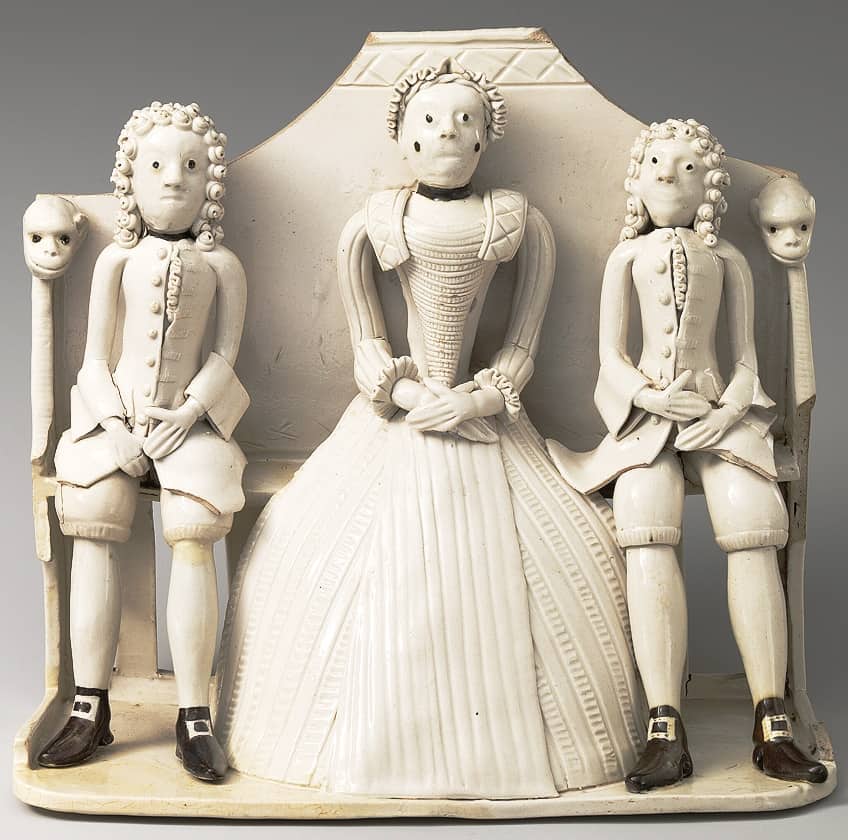
Early examples of 19th-century European verbal folklore derived from rural populations are seen in the publication Kinder- und Hausmärchen by the Brothers Grimm in 1812. In American circles, folklorists like Ruth Benedict and Franz Boas framed the cultures of Native America as entirely folklore, reducing their beliefs and customs as research for folklore. Techniques used to collect information from these cultures stem from the original methods used by anthropologists and ethnologists during field research.
The Genres of Folklore
Another important aspect of understanding folk art traditions is the fact that folk art, which is reliant on folklore, encompasses various genres of folklore. These include customary folklore, which refers to ways of doing things and specific beliefs, verbal folklore, which includes elements like common sayings and songs, and material folklore, which encompasses physical objects. Additionally, there is another major folklore called childlore that originates from childhood experiences shaped in places such as schools and neighborhood streets.
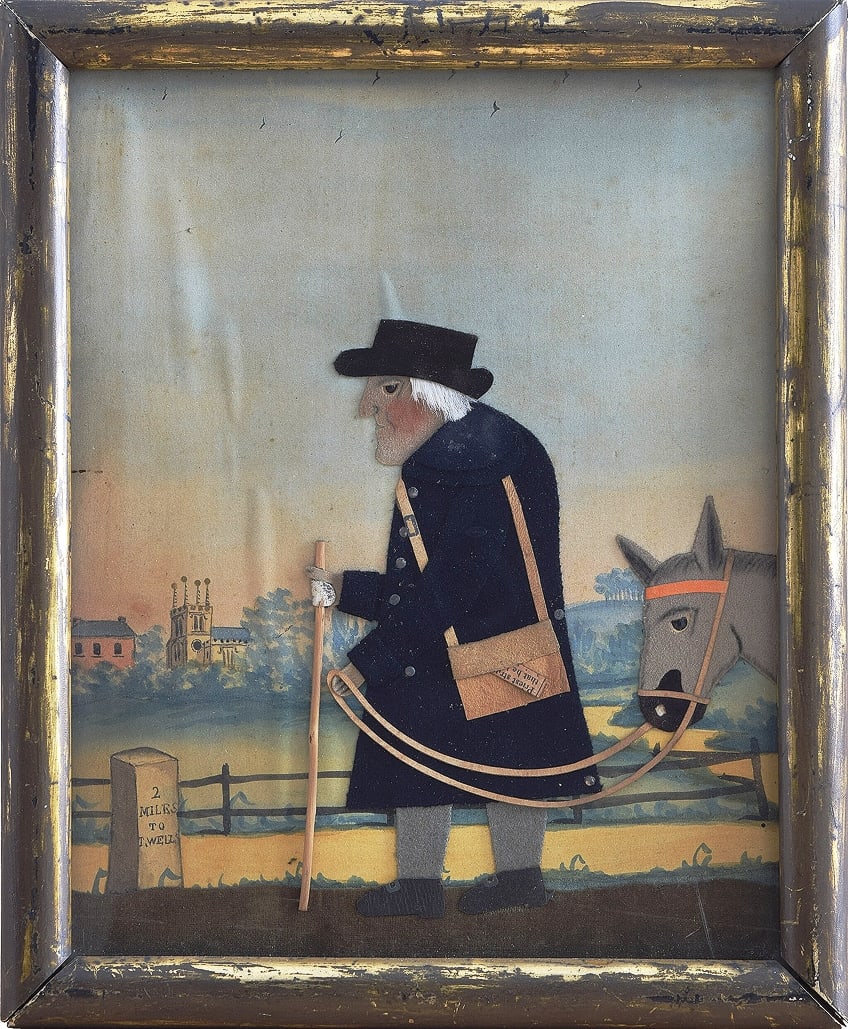
As such, one can understand folklore as a cultural or diasporic means of communication, that when embedded in folk art, becomes a powerful tool for communication and symbolism that transcends Western ways of thinking. It is not to say that Western-European art can be essentialized into academia, but perhaps the exploration of art itself should not be condensed into broad categories from a specific civilization, that in turn make the rest of the cultural groups around the world appear to be “Naïve art”, as something “other” than the art itself.
Reviewing the Primary Characteristics of Folk Art
When reviewing folk art traditions and its common characteristics, there are many nuances to consider since not all examples of folk art and culture follow the same set of characteristics. However, there are a few common points between a significant group of folk art that is defined by scholars. These primary characteristics include an emphasis on the creative techniques and materials used in folk art, which may encompass natural materials with few tools. Folk art does not follow conventional craft and art-making techniques and is thought of, according to Western standards, as “Naïve art”. Formal elements such as perspective, color, and scale do not often follow the conventions of traditional Western European teachings.
One specific genre in folk art called folk graphic arts is characterized by logically balanced compositions, a sense of monumentality, harmony in background elements, and decorative and expressive line work.
Examples of Folk Art from Around the World
Folk art cannot be generalized since it originates from different cultures, which are each born from different sets of conditions. To understand folk art from a removed Western academic perspective, it is important to acknowledge the complexities of the cultures that shape the different types of folk art. Below, we will take you on a journey through some famous examples of folk art, specific to the different cultural groups from around the world. While we do not cover all cultures, we have compiled a few examples of folk art that will help build your understanding of how folk art can embody different forms.
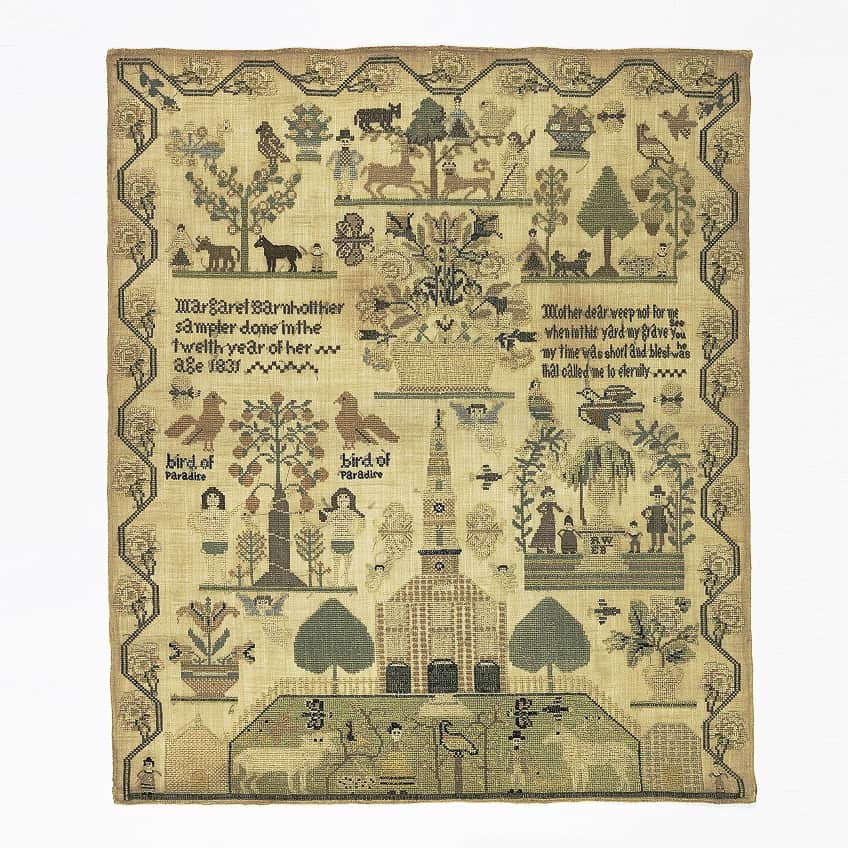
Mingei
Yanagi Sōetsu, a famous Japanese philosopher and art critic founded a movement known as mingei, which translates to folk art and is said to theoretically refer to Sōetsu’s idea of the “ordinary people’s crafts”. The concept arose in the mid-1920s and has since been critiqued for its origin in the political context of Japan at the time, which was undergoing rapid Westernization. Alongside Yanagi Sōetsu were potters such as Hamada Shōji and Kawai Kanjirō, who wished to define the crafts of the ordinary people from the perceived higher forms of art.
What makes this movement interesting is the notion that the distinction and preference for art that was “higher” and the need to “define” cultural craft as something removed from Western high art was an intentional response to the modernization of Japan affected by the West.
What inspired Yanagi Sōetsu to pursue the movement was his visit to Korea in 1916, when he discovered that the Yi Dynasty ceramics had been produced by craftsmen who were uncredited and “nameless”. When he returned to Japan, he started collecting pieces of his own culture from across Japan. In 1925, the term mingei emerged and was translated by Sōetsu as “folk craft” and not folk art because he wished for the public to stop recognizing cultural art as individually-centered high art. The movement itself was a critique of modernization and industrialized society and a will to transform the nature of individualism. The Japanese Folk Crafts Museum was established in 1936 by Sōetsu as a museum for exhibiting hand-made art of local people.
Mexican Mask-Folk Art
From lucha libre masks to Tastoanes masks and dancing masks, the folk art found in Mexican culture is derived from many cultural activities and a deep history emerging from the pre-Hispanic traditions and rituals of territories that existed long before Spanish colonization. Mexican mask folk art is rooted in traditional dances and masked performances, which evolved to encompass historical moments from Mexican history, popular culture, and supernatural narratives.

Many Mesoamerican cultures donned masks and costumes for use in rituals and ceremonies. Priests used to use masks to incarnate deities, leverage their supernatural powers, and as burial rites, which were later seen as works of art crafted from precious materials. Masks evolved to take their place in theatrical performances as comedic relief and have survived antiquity through dances such as Tecuanes, Tlacololeros, and Tigres. After the Spanish takeover and a ban on Hispanic religion, evangelists adopted masks to promote new beliefs, folklore, and dances that were eventually adopted by the indigenous people. Over time, masked dances featured in commemorative celebrations for the Conquest of Mexico, carnivals, Holy Week, and the Day of the Dead.
Warli Painting
This folk art is recognized as a creation of artists from the North Sahyadri Range in Maharashtra, India. Warli painting has been categorized as non-Western “tribal” art, a problematic term in itself, and is recognized as a representative art form of the Western Indian culture known as the Warli. Warli paintings reflect the cultural beliefs in the elements of nature and the group’s respect for nature and the resources that nature provides to help people survive. Warli paintings are often created on clay huts and can be seen in the works of the famous Warli painter Jivya Soma Mashe.
The characteristics of Warli paintings include the use of geometric shapes to symbolize the elements of nature.
A central shape in most Warli paintings is the square, which is understood to be the “chauk”, derived from two types of squares known as the “lagnachauk” and the “devchauk”. One of the most interesting aspects of Warli cultural beliefs is that male Gods are deemed unusual since they are associated with spirits that occupy human forms. Warli paintings reflect the ritual beliefs of man, woman, and the balance of the universe through triangular shapes, including scenes of everyday life in Warli society. Warli paintings are created using a signature red ochre for the background and white pigment for the representation of symbols and images.
Mak Yong Theater Dancing
Mak Yong dancing is a traditional dance-drama art form from the region of Kelantan in Malaysia and was initially banned by the Pan-Malaysian Islamic Party before being acknowledged as one of the Masterpieces of the Oral and Intangible Heritage of Humanity by UNESCO in 2005. The Malay performing arts are considered to be folk art that is unique since it is “untouched” by any other culture and was inspired by narratives from Kelantan-Patani mythology. Today, there are under 10 performers specializing in this art form that follows a series of dances followed by acting and improvised dialogues.
The stories communicated in these performances span at least three hours and last over several nights.
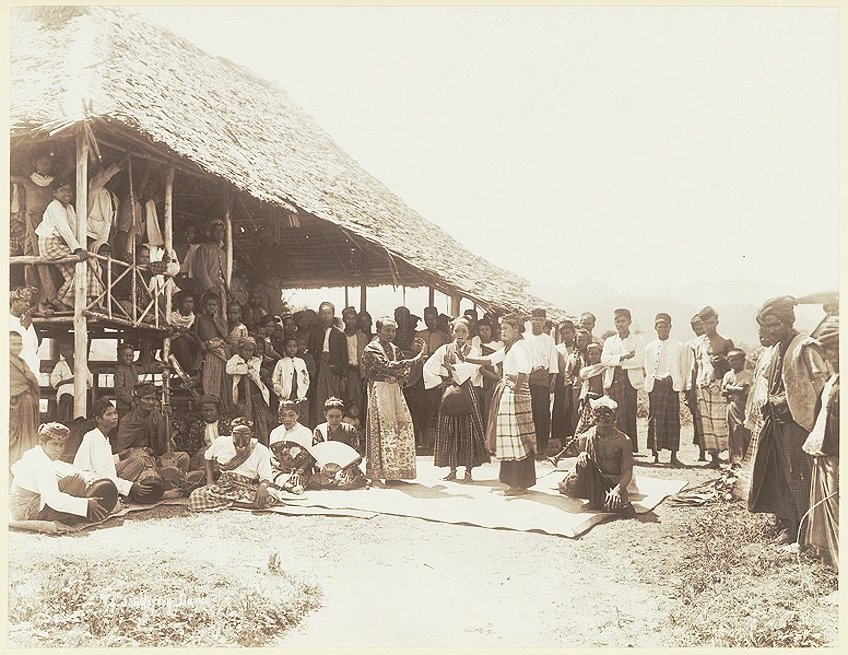
The main dancer is referred to as the pak yong and is usually adorned to resemble a king. The second lead plays the queen followed by her helpers and court jesters. In Mak Yong theater, men traditionally play the role of the clown while women dominate the stage. There is also a separate group of performers known as the Jong Dongdang, who act as the “interludes” between chapters and feature at the end of the play. The music is provided by a small group of musicians, who create melodies from a three-stringed spiked lute, cymbals, a flute, a pair of gongs, and a gendang or drum. The origins of Mak Yong have been traced back to a ritual practice associated with healing and propitiation from the Pattani Kingdom, now a modern province in Thailand. The dance performance was banned after the Islamic revival in the 20th century and is rarely performed today, unless for state events and in the villages of Terengganu and Kelantan.
Famous Folk Art Artists
After learning more about some of the world’s most famous folk arts, you can now browse through some of the most famous folk-art artists, whose careers in folk art have popularized niche genres and cultural histories.
Grandma Moses (1860 – 1961)
| Artist Name | Anna Mary Robertson Moses |
| Date of Birth | 7 September 1860 |
| Date of Death | 13 December 1961 |
| Nationality | American |
| Associated Movements, Themes, and Styles | American folk art, Modern art, nostalgia, and American rural life |
| Mediums | Embroidery and painting |
| Famous Artworks |
|
Born Anna Mary Robertson, renowned American folk artist Grandma Moses discovered her passion for art while experiencing the challenges of rural life. After marrying and raising 10 children, Grandma Moses honed her skills in needlework to create quilts and images that represented the joys of farm life. After suffering from arthritis at the age of 78, Grandma Moses taught herself how to paint using found materials and house paint. With her use of unconventional techniques, Moses sought to represent the nostalgia of rural America, which was well-received by art critics. Her work has since been collected by figures like Louis J. Caldor, which earned her significant recognition through many professional exhibitions. Her works, which amount to more than 2,000 paintings, reflect the simplicity of her eye for composition depicting barn dances, fields, and holiday scenes.
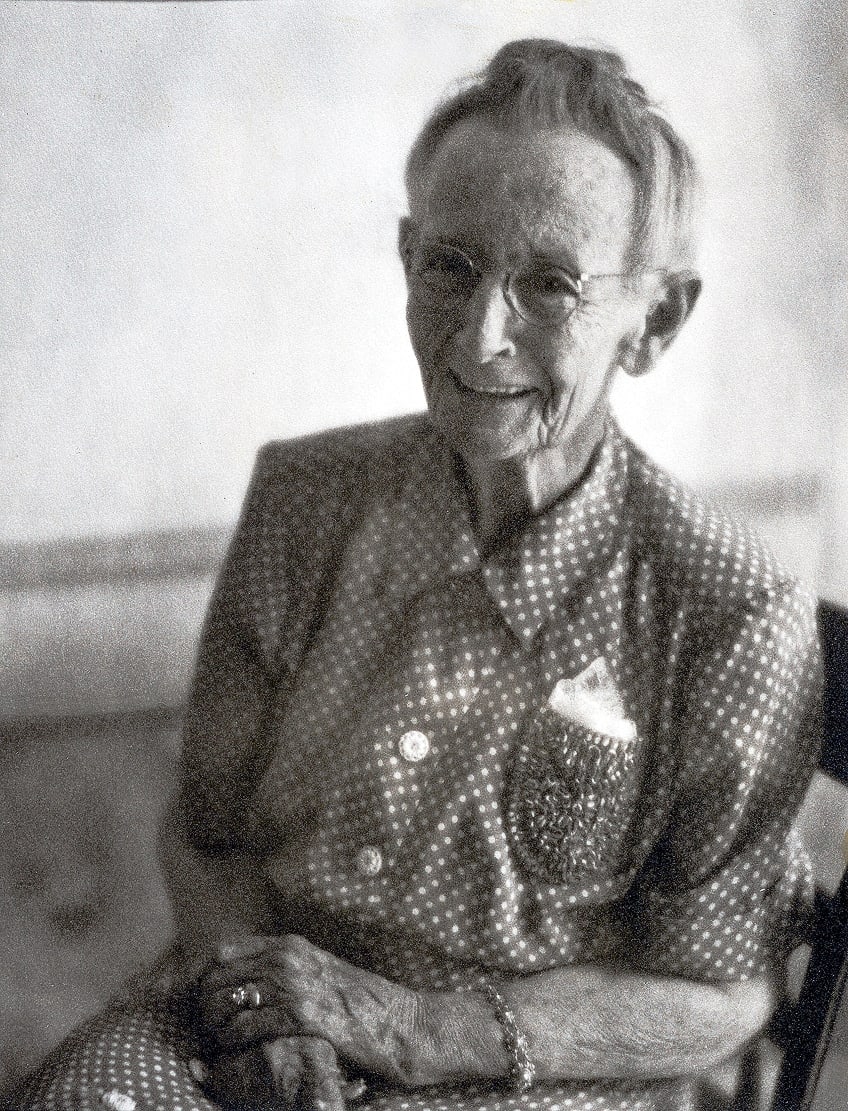
Clementine Hunter (1886 – 1988)
| Artist Name | Clementine Hunter |
| Date of Birth | December 1886 |
| Date of Death | 1 January 1988 |
| Nationality | American |
| Associated Movements, Themes, and Styles | American folk art, still-life, Modern art, the Melrose cotton plantation, found materials, everyday life, and rural living |
| Mediums | Painting |
| Famous Artworks |
|
Prolific American folk artist Clementine Hunter was among the most intriguing artists of the 20th century, whose exploration of rural life in the American South was best captured in her paintings. From scenes of baptism to expressionless figures and everyday life on the Melrose plantation, Hunter drew inspiration from her experience in the cotton fields near Natchitoches, Louisiana.
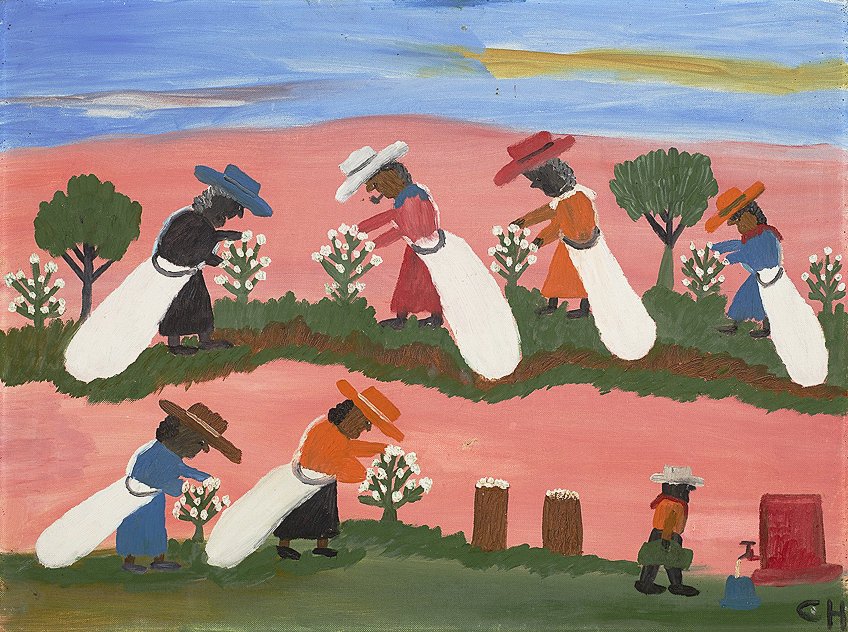
Hunter’s career as a folk artist only saw her recognition in the 1970s after institutions like the Museum of American Folk Art in New York exhibited her work. Her work also incorporated found and recycled materials, which made her painting style unconventional and stand out. Hunter remained in Louisiana for the rest of her life as she continued to paint narrative scenes from memory that were etched in her mind since the early 20th century.
Maud Lewis (1903 – 1970)
| Artist Name | Maud Kathleen Lewis |
| Date of Birth | 7 March 1903 |
| Date of Death | 30 July 1970 |
| Nationality | Canadian |
| Associated Movements, Themes, and Styles | Folk art, Canadian folk art, poverty, landscape art, Nova Scotia, animals, and Model T cars |
| Mediums | Painting |
| Famous Artworks |
|
Maud Lewis was perhaps one of the most famous Canadian folk art painters of the 20th century, whose legacy was built on her experiences with chronic pain, poverty, and her struggle with physical challenges. Born with congenital disorders, including juvenile rheumatoid arthritis, Lewis channeled her experiences into her painting and produced many vibrant and joyous folk artworks that depicted the rural landscapes of Nova Scotia. From images of oxen to cats and Model T cars, the famous folk painter often worked in cramped conditions. Her husband, Everett Lewis, supported her in helping her to cut boards for her painting but was later the subject of controversy surrounding abuse allegations. Initially, her paintings sold for a few dollars, but currently sell for much higher on auctions and are found in the collections of galleries across Canada. Today, her legacy is remembered by her infectious smile and ability to highlight the beauty of life despite adversity.
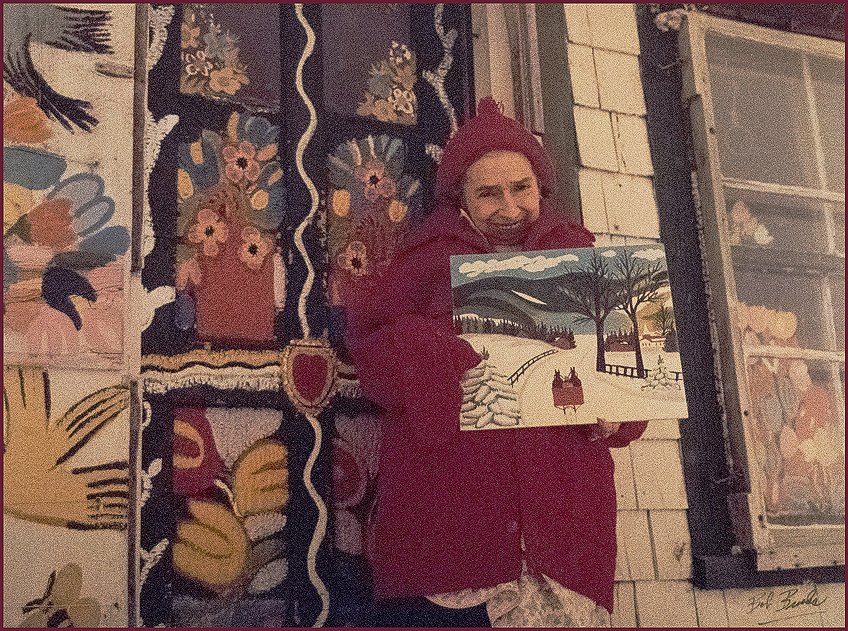
Folk art has much to teach us about the different complex cultures and deep symbolic beliefs of various cultures in the world. By learning more about folk art and the origins of folk art in each region, you can improve your artistic knowledge and understand how traditions become imbued in cultural art practices.
Frequently Asked Questions
What Is Folk Art?
The art genre recognized as folk art is defined as the traditional and community-influenced forms of art that can be both tangible and intangible. Folk art is understood as tangible through the use of utilitarian or decorative objects created in traditional communities and contexts, while intangible folk art is understood as narrative dances, songs, and music that address communal needs or serve a cultural purpose.
What Are Other Terms for Folk Art?
The genre of folk art has also been recorded as Naïve art, Primitive art, tribal art, and most popularly in the United States, Grassroots art. Folk art has acquired various alternative terms, however, it is based on the practical, musical, or decorative values of art forms across different cultures and regions.
What Types of Indian Paintings Are Classified As Folk Art?
There are many styles of paintings in India that have been categorized as folk art. These include Kalighat Pat art, Pithora painting, Warli painting, Madhubani painting, Pattachitra art, Thangka painting, and many more cultural and regional variations.
Jordan Anthony is a Cape Town-based film photographer, curator, and arts writer. She holds a Bachelor of Art in Fine Arts from the University of the Witwatersrand, Johannesburg, where she explored themes like healing, identity, dreams, and intuitive creation in her Contemporary art practice. Jordan has collaborated with various local art institutions, including the KZNSA Gallery in Durban, the Turbine Art Fair, and the Wits Art Museum. Her photography focuses on abstract color manipulations, portraiture, candid shots, and urban landscapes. She’s intrigued by philosophy, memory, and esotericism, drawing inspiration from Surrealism, Fluxus, and ancient civilizations, as well as childhood influences and found objects. Jordan is working for artfilemagazine since 2022 and writes blog posts about art history and photography.
Learn more about Jordan Anthony and about us.
Cite this Article
Jordan, Anthony, “Folk Art – Celebrating Traditional Crafts.” artfilemagazine – Your Online Art Source. January 24, 2024. URL: https://artfilemagazine.com/folk-art/
Anthony, J. (2024, 24 January). Folk Art – Celebrating Traditional Crafts. artfilemagazine – Your Online Art Source. https://artfilemagazine.com/folk-art/
Anthony, Jordan. “Folk Art – Celebrating Traditional Crafts.” artfilemagazine – Your Online Art Source, January 24, 2024. https://artfilemagazine.com/folk-art/.


